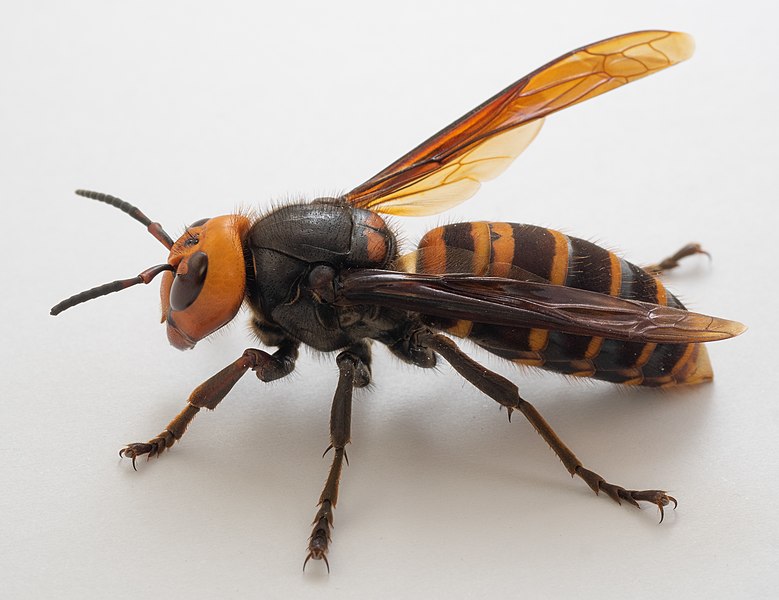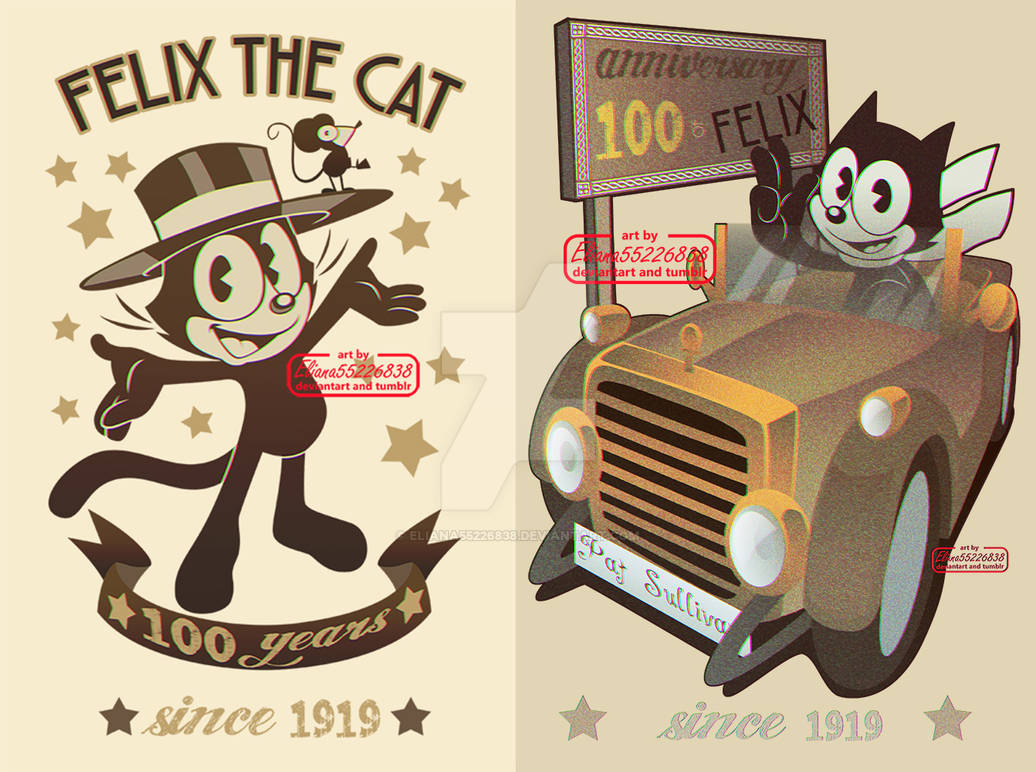Medical tools from the past offer a fascinating glimpse into the evolution of healthcare, blending practicality with the craftsmanship of their time. These antique pieces, once essential in saving lives or diagnosing ailments, now serve as cherished artifacts that connect us to the history of medicine. From intricate surgical kits to peculiar devices used for bloodletting, each item tells a story of innovation and resilience in the face of limited knowledge. Collectors are drawn to these relics not just for their historical significance but also for their unique designs and intriguing functions. They remind us of how far medicine has come and the dedication of those who worked to heal with what they had.
Trephination Kit

The trephination kit, used for ancient skull surgeries, is a haunting yet fascinating piece of medical history. Comprising hand-cranked drills and sharp blades, these tools were employed to relieve pressure on the brain or cure supposed ailments. Crafted from high-quality metals and sometimes adorned with intricate designs, these kits reflected the craftsmanship of their time. Collectors are drawn to the eerie aura and the stark reminder of early medical practices. These kits often come in leather or wooden cases, making them prized by antique enthusiasts. While crude by modern standards, their functionality showcases the beginnings of neurosurgery. Owning one connects collectors to a time when medicine was both experimental and daring.
Amputation Saw
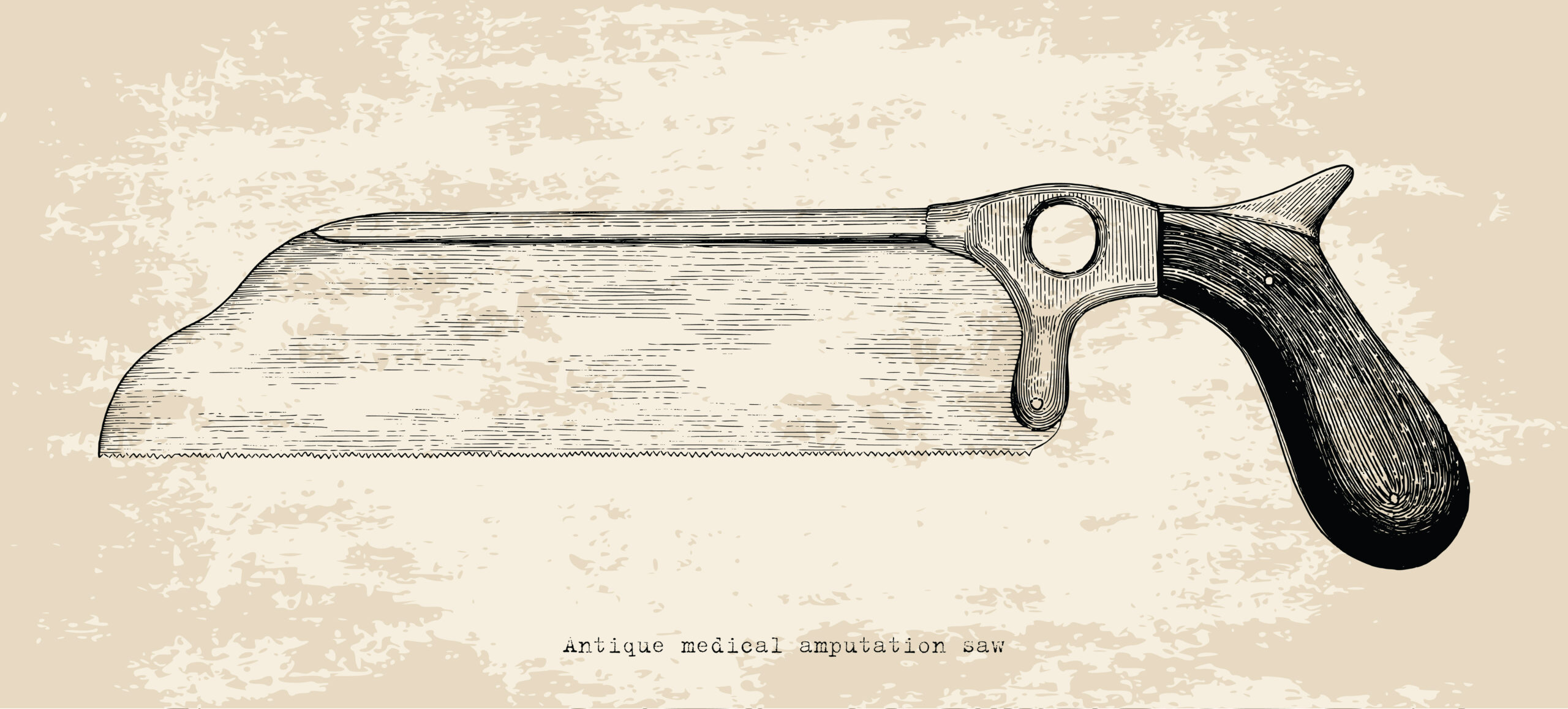
The amputation saw is an iconic symbol of battlefield medicine from the 18th and 19th centuries. Designed with serrated blades and ergonomic handles, it was often used in wartime surgeries. These saws reveal the crude and immediate necessity of amputation during emergencies. Many feature inscriptions or maker’s marks, adding to their historical value. Despite their grim purpose, collectors appreciate the precision and craftsmanship behind these tools. Their use in life-saving procedures makes them poignant relics of medical history. These saws, now harmless, evoke both horror and admiration.
Scarificator
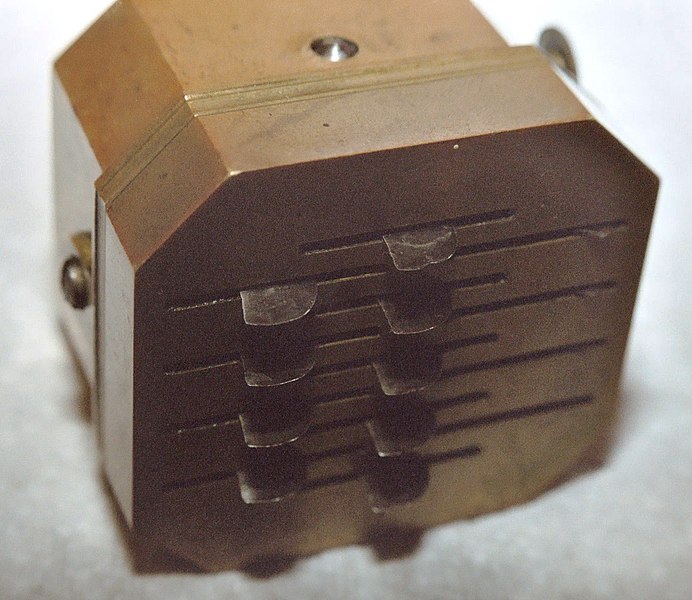
The scarificator, a small box-shaped device with spring-loaded blades, was essential for bloodletting in the 18th and 19th centuries. By pressing a button, the blades would create shallow cuts to draw blood. Its intricate mechanism showcases early engineering in medical tools. Many scarificators are engraved with ornate patterns or made from brass, adding aesthetic appeal. Collectors prize these items for their mechanical complexity and historical significance. Their compact size makes them easy to display, often as conversation starters. Scarificators are a tangible reminder of a once-common medical practice.
Ether Mask
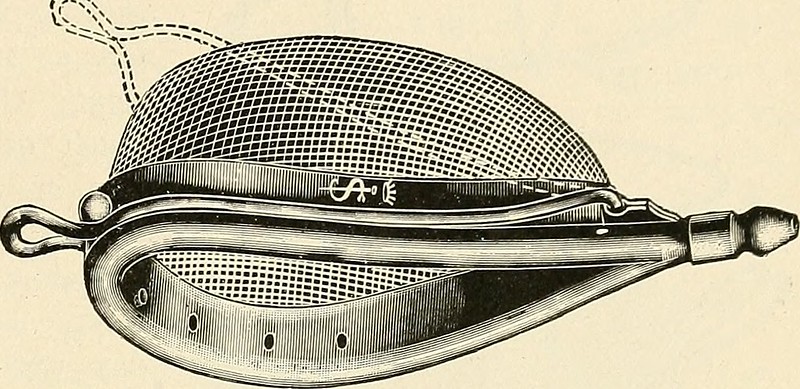
Ether masks, used for administering anesthesia during surgeries, were a cornerstone of 19th-century medicine. Made from metal frames and fine mesh, these masks often came with adjustable straps for patient comfort. Their designs varied, with some featuring intricate latticework that collectors find visually appealing. The evolution of anesthesia can be traced through these devices, making them valuable artifacts. They symbolize the shift towards humane surgical practices and pain management. Collectors often pair them with related tools, such as anesthesia bottles, to create comprehensive displays. These masks evoke the balance between innovation and trial-and-error in medicine.
Obstetric Forceps

Obstetric forceps are specialized tools used in childbirth to assist in difficult deliveries. Dating back to the 17th century, early examples were handcrafted from iron or steel. Their sleek, curved design showcases the ingenuity of early obstetrics. These instruments highlight the challenges and dangers of childbirth in past centuries. Collectors appreciate their historical context and the role they played in advancing maternal care. Many forceps bear the markings of renowned manufacturers, adding to their collectibility. Their dual nature as life-saving tools and objects of historical interest makes them popular among enthusiasts.
Quack Medicine Bottles

Quack medicine bottles, often embossed with outlandish claims, were used to sell unregulated remedies in the 19th century. These glass bottles come in various shapes and sizes, with colorful labels boasting miraculous cures. Collectors are drawn to their artistic appeal and the humor of their exaggerated promises. The vibrant advertising reflects the entrepreneurial spirit and gullibility of the time. Many bottles still contain remnants of their original contents, adding to their intrigue. They provide insight into the history of medical marketing and consumer culture. Displaying these bottles offers a whimsical look into the past.
Bone Saw
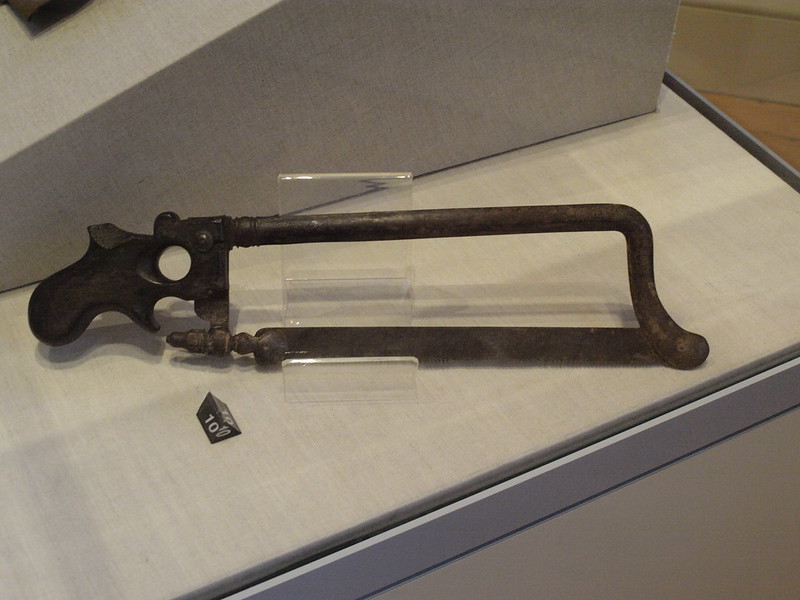
Bone saws, used in surgeries and autopsies, were vital tools in 19th-century medicine. Often featuring fine-toothed blades and wooden handles, these instruments combine functionality with aesthetic charm. Collectors appreciate their robust construction and historical significance. Many saws bear the insignias of prominent medical toolmakers, enhancing their value. Their role in advancing surgical techniques cannot be understated. While their purpose was grim, they represent the progress of medical science. Bone saws are a stark reminder of the challenges faced by early surgeons.
Tongue Depressors
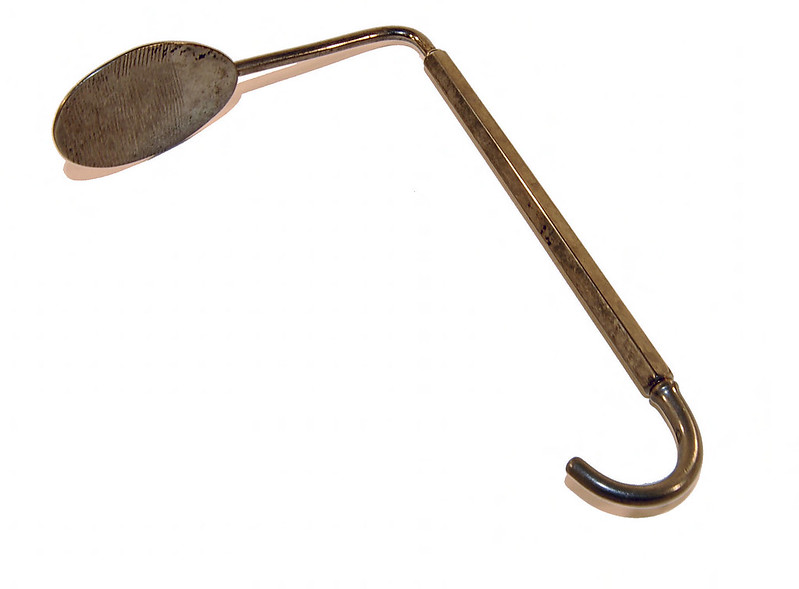
Antique tongue depressors, made from wood or metal, were used to inspect throats and mouths. Their simple design belies their importance in diagnosing illnesses. Collectors value their minimalistic construction and association with early diagnostic practices. Some examples are engraved with the names of manufacturers or physicians. They are often displayed in conjunction with other diagnostic tools, creating a cohesive collection. These instruments are a testament to the practicality and ingenuity of early medicine. Their unassuming appearance makes them a subtle yet significant addition to any collection.
Mercury Blood Pressure Cuffs
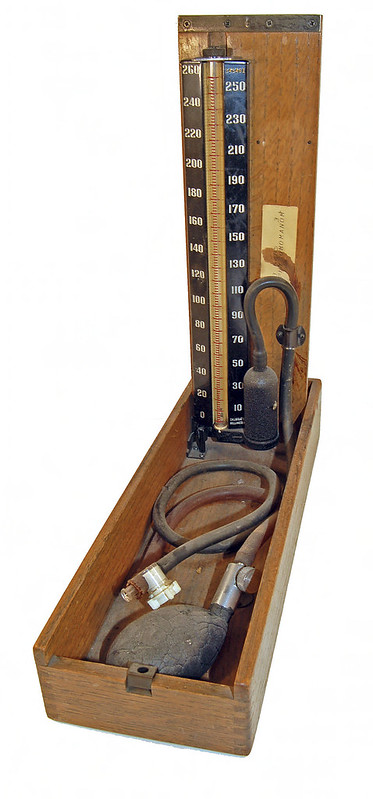
Early mercury blood pressure cuffs, invented in the late 19th century, marked a turning point in non-invasive diagnostics. These devices featured glass tubes filled with mercury and fabric straps to secure them to the patient’s arm. The precision of these instruments made them indispensable for monitoring health. Collectors admire their complexity and the elegance of their design. Many come housed in wooden cases, adding to their vintage charm. They represent the merging of science and accessibility in healthcare. Mercury cuffs are a nostalgic nod to a bygone era of diagnostics.
Tooth Key
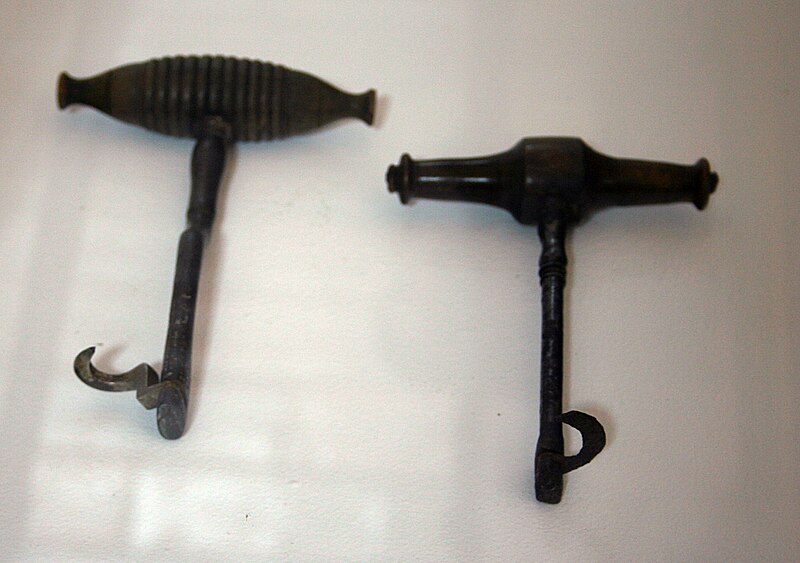
The tooth key, a dental extraction tool, was widely used in the 18th and 19th centuries. Resembling a modern-day wrench, it was designed to grip and twist teeth for removal. Crafted from iron or brass, these tools are both crude and fascinating. Collectors value their historical significance and the artistry involved in their construction. They often feature decorative handles, making them visually striking. While their use was undoubtedly painful, they were a step forward in dental care. Tooth keys are a grim yet captivating addition to any collection.
Civil War Surgical Kit
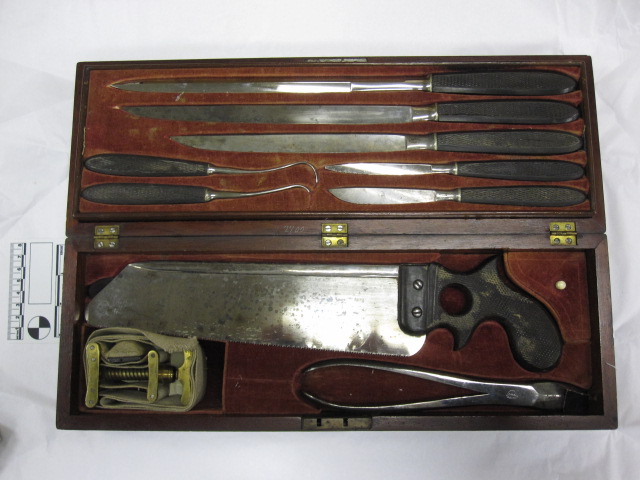
Civil War surgical kits, used by battlefield medics, contained a range of tools such as scalpels, saws, and forceps. These kits are often housed in wooden cases with velvet lining, emphasizing their craftsmanship. The instruments themselves are made from durable metals, reflecting the urgency of wartime medicine. Collectors are drawn to the kits’ historical connection to one of America’s most significant conflicts. Many include personal engravings or markings from medics, adding to their intrigue. They serve as poignant reminders of the sacrifices made during the Civil War. Displaying such a kit preserves an important piece of history.
Cupping Sets
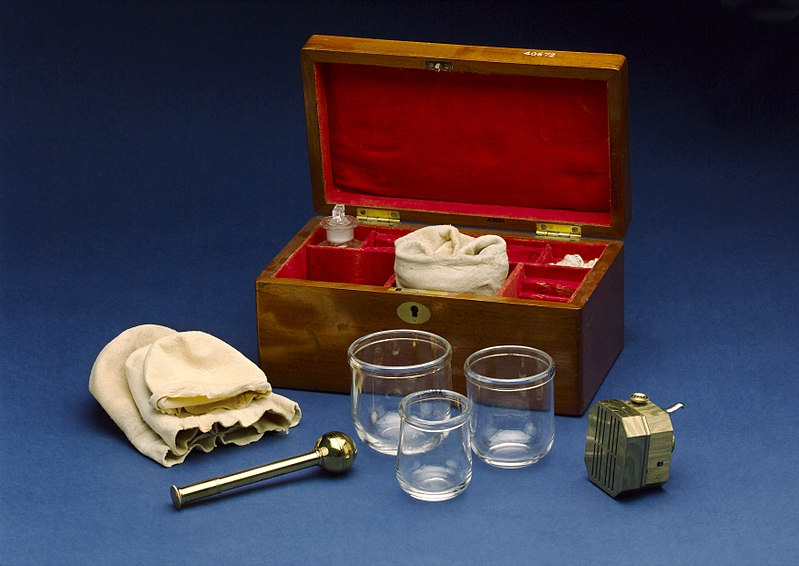
Cupping sets, used for therapeutic purposes, date back centuries and include glass or metal cups. These sets were often beautifully crafted, with ornate designs that appeal to collectors. The practice of cupping was believed to draw out toxins and improve circulation. Surviving sets sometimes include additional tools like alcohol burners. Collectors appreciate their visual appeal and connection to ancient healing traditions. They offer insight into historical wellness practices. Owning a set provides a tangible link to the past.
Antique Syringes
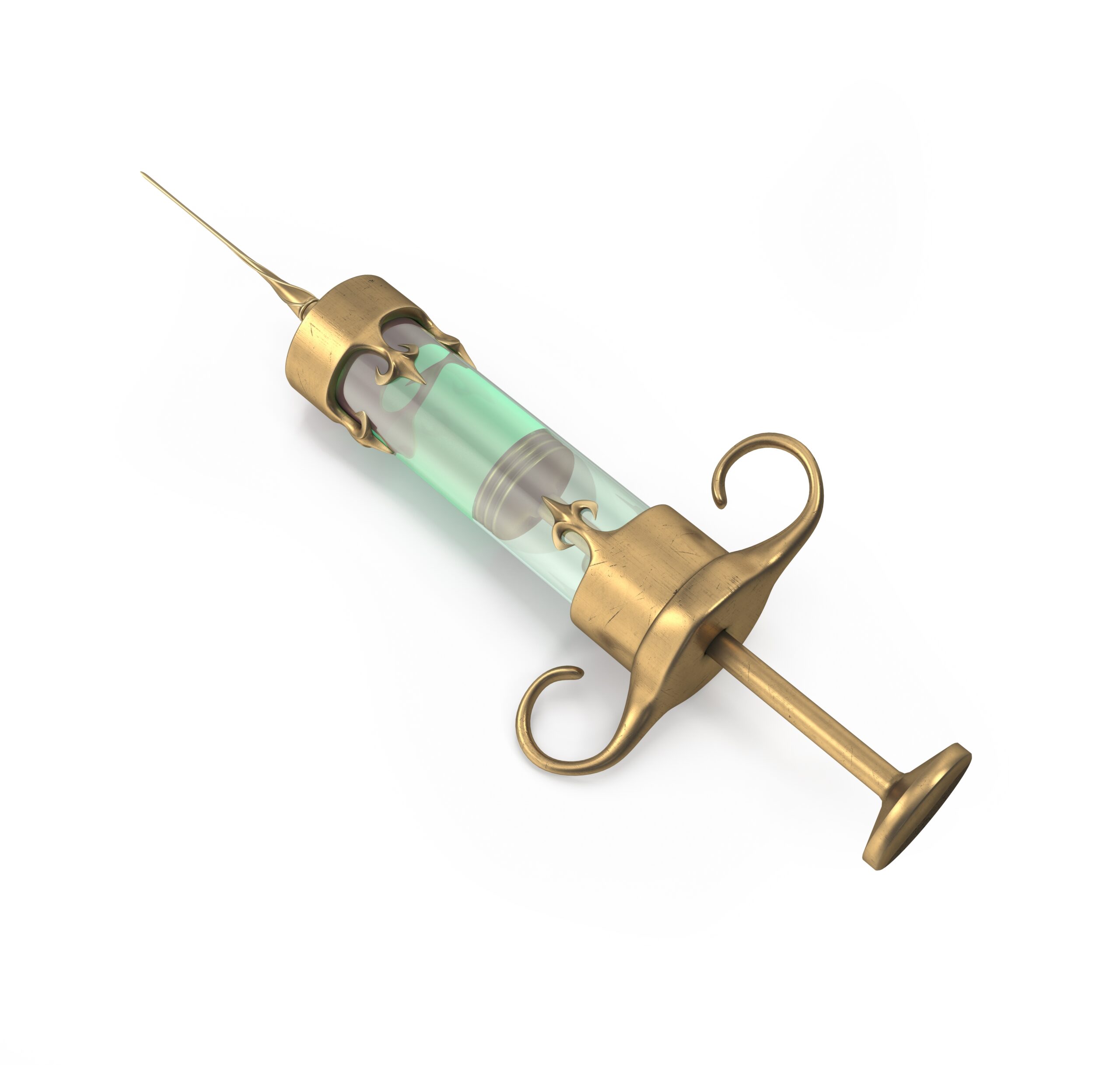
Antique syringes, made from glass and metal, are quintessential relics of early medicine. These devices were used for administering medications or drawing blood. Their sleek, cylindrical design makes them visually appealing. Collectors often seek examples with original cases or accompanying instructions. Many are inscribed with the manufacturer’s name, adding to their uniqueness. They symbolize the evolving understanding of infection control and medical procedures. Antique syringes are a must-have for any serious collector.
Electrotherapy Machines
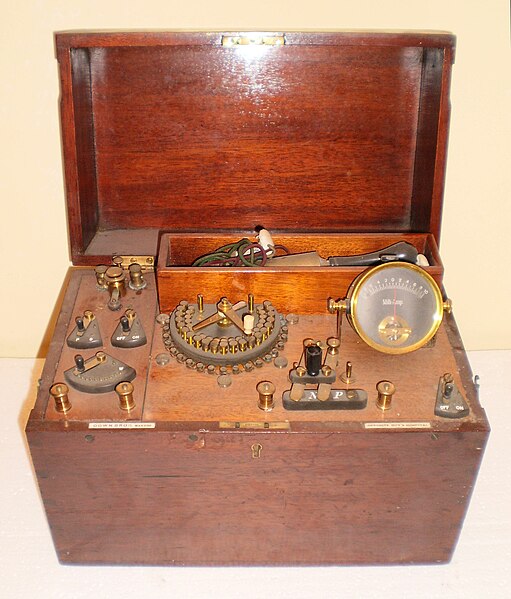
Electrotherapy machines, popular in the late 19th and early 20th centuries, were used to treat various ailments. These devices often feature brass coils, dials, and glass components, making them visually stunning. Collectors are drawn to their steampunk aesthetic and historical context. They symbolize the early fascination with electricity in medicine. Some machines were portable, housed in wooden cases with leather straps. Despite their dubious effectiveness, they were a sign of innovation. These machines are prized for their design and cultural significance.
Plague Masks

Plague masks, with their distinctive beak-like shape, were used by doctors during the Black Death. These masks were designed to hold aromatic herbs to filter the air and protect the wearer. Their haunting appearance makes them iconic symbols of historical pandemics. Collectors value their rarity and macabre aesthetic. Many replicas exist, but original examples are exceedingly scarce. They represent a blend of superstition and science. Owning one is akin to holding a piece of folklore and history.
Antique Stethoscopes
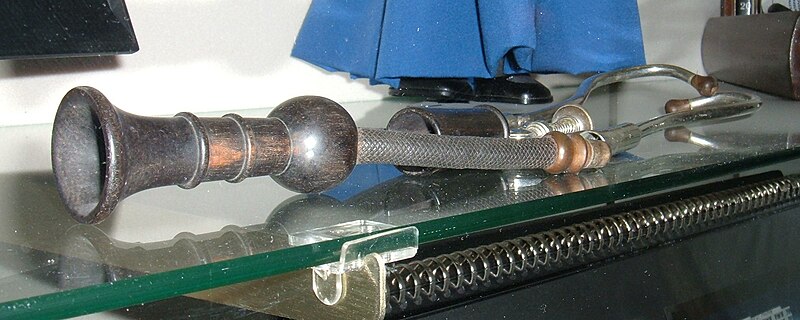
Early stethoscopes, often made of wood or metal, are elegant in their simplicity. These monaural devices consist of a single earpiece and a slender tube. Collectors appreciate their minimalist design and the story they tell of medical evolution. Some examples feature ornate carvings or embellishments, adding to their charm. They were instrumental in improving diagnostic accuracy. These stethoscopes bridge the gap between art and science. Their historical significance makes them a cherished collectible.
Apothecary Jars
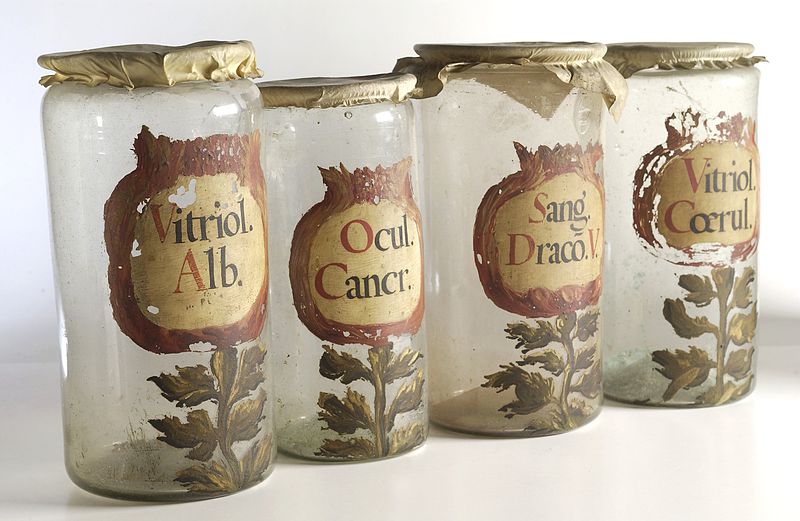
Apothecary jars, used to store herbs and medicines, are vibrant additions to any collection. These glass or ceramic jars often feature intricate labels and hand-painted designs. Collectors value their aesthetic appeal and practicality. Many jars were crafted in Europe and bear inscriptions in Latin. Their association with early pharmacy practices adds historical depth. They can be displayed individually or as part of a larger apothecary set. Apothecary jars capture the intersection of science, art, and commerce.
This article originally appeared on Rarest.org.
More From Rarest.Org
Insects are some of nature’s most resilient and adaptable creatures, often packing surprising strength and unique abilities into their small bodies. From beetles that can lift hundreds of times their own weight to ants that work together in swarms to capture prey, each species has evolved to thrive in its environment in fascinating ways. Read more.
Some birds are more than just feathers and flight; they’re masters of survival, adapting clever tactics to thrive in harsh environments and outsmart predators. From tool use to ingenious hunting strategies, these resourceful creatures have evolved remarkable ways to find food, stay safe, and even raise their young in challenging conditions. Read more.
The world of animation has come a long way from its humble beginnings, where simple drawings and experimental techniques sparked a revolution in storytelling. Early cartoons were more than just entertainment; they were groundbreaking works that pushed the boundaries of what was possible on screen. Read more.

